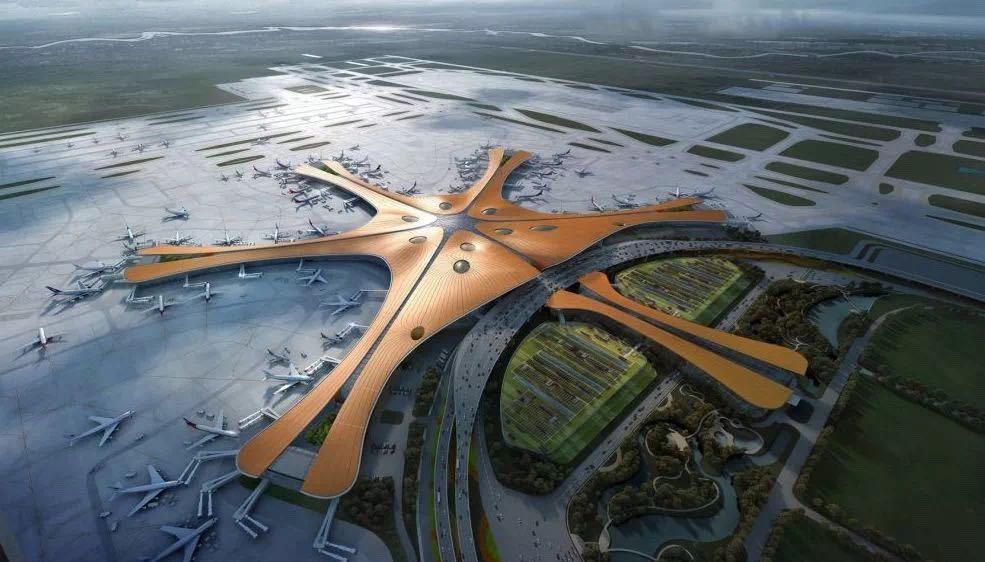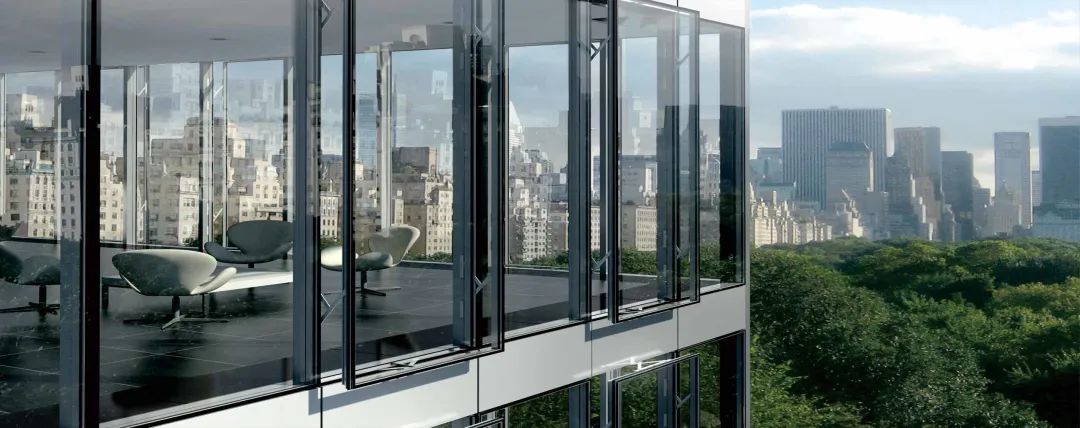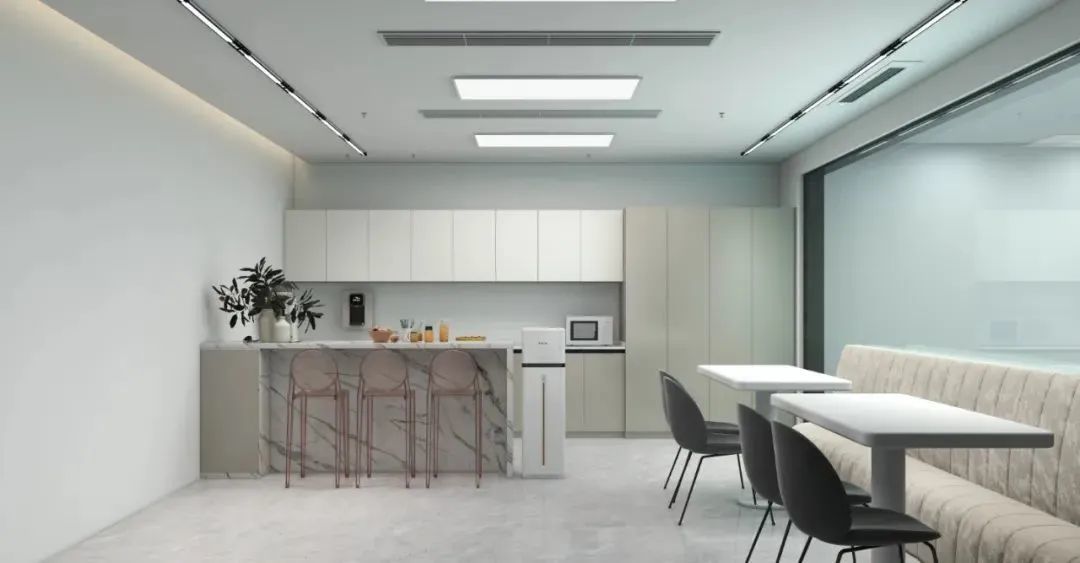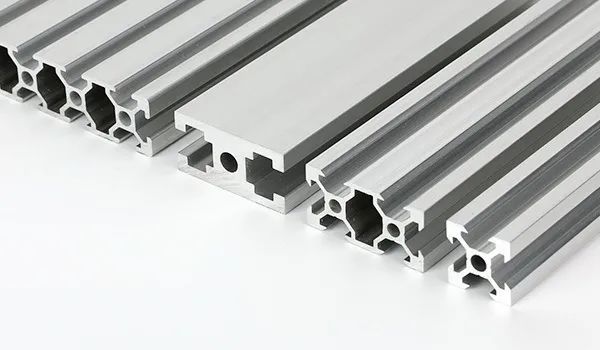Energy saving and environmental protection, building energy saving, huge market potential
Release time:
2015-08-20
According to relevant technical departments, in first-tier cities across the country, such as Beijing and Shenzhen, building energy consumption accounts for about 1/3 of the city's total energy consumption, which is a very huge energy consumption, enough to attract the attention of relevant people. Energy saving in construction projects is a more direct and cheaper fundamental measure to alleviate the contradiction of energy shortage in China, improve people's living and working conditions, reduce pollution and promote sustainable economic development. Most people pay attention to building the project at a very low cost, and do not consider enough in building energy conservation. Taking residential buildings as an example, the measured values of energy consumption in various aspects of a residential building in an energy-saving community can be seen that for residential buildings with external walls using building thermal insulation materials, the cooling and heating period of residents using air conditioning is 1.5 months less than that of residential buildings without external wall thermal insulation materials, and the daily operation time is short and energy consumption is low, energy saving is more than 25%. With solar heat collection as the main, electric heating as the supplement, hot water supply is available for 365 days a year, which can ensure the normal use of a family of 3. The average annual electricity saving of households is about 800kWh, which can save more than 400 yuan. Solar lighting ensures the normal use of garden lights and lawn lights in the community, which is not only environmentally friendly and energy-saving, but also beautifies the community environment. A total of 23 solar garden lamps, 25 lawn lamps and 16 decorative lamps are installed in the residential area, with a total power of 1500W, which can save about 6000 yuan in electricity and maintenance costs for the residential area every year. Floor radiant heating has comfortable and energy-saving floor heating in winter, and can also be used for ground source heat pump air conditioning in summer to control temperature. It has the characteristics of convenience, comfort, green and environmental protection. It is estimated that it can save 20% to 30% energy compared with traditional radiator heating and centralized air conditioning. The domestic sewage treatment station is fully automatic, no noise, no odor, and has formed a scenic ecological artificial wetland in the community. Every day 22 tons of sewage treatment, for the community green sprinkler irrigation, landscape, flushing road, saving 8 thousand tons of water per year. Ordinary residential buildings have high energy consumption, hot summer and cold winter, and poor comfort. The residential area due to the use of a special wall, both thermal insulation and insulation. The indoor temperature in summer is 2 ℃ to 3 ℃ lower than that of ordinary buildings, and the indoor temperature in winter is more than 4 ℃ higher than that of ordinary buildings, which shows obvious comprehensive benefits. The cost of housing is about 5% higher than that of general construction, but due to energy efficiency and optimized combination, annual operating expenses can be saved by more than 50%. It can be seen that the energy savings in the building is still considerable. In the design of building energy efficiency, the design of building envelope components (including roofs, walls, foundations, insulation materials, sealing materials, doors and windows, and shading facilities) has a fundamental impact on building energy consumption. The cost of the general enclosure structure is only 4% to 6% of the total investment, and the cost can be increased to 20% to 40% after the use of energy-saving materials. The state expressly stipulates that since January 1, 2002, the use of solid clay bricks will be stopped. Modern buildings are developing in the direction of high-rise, large-bay, and large-span, requiring the use of lighter, more convenient, more flexible, and higher physical properties. The new enclosure building materials meet the requirements of energy conservation and environmental protection. At present, the wall in the heating area has further developed the high-efficiency thermal insulation and energy-saving wall, and the composite wall is used for thermal insulation, which not only deliberately eliminates the influence of thermal bridge, but also makes the wall relatively "thin". The design and material use of building doors, windows and roofs are the key to reducing energy consumption. Doors and windows are the weak link of heat transfer and cold air infiltration, and their thermal insulation performance puts forward higher requirements. In order to improve the thermal insulation performance of the roof, the main application of light and efficient low water absorption or non-absorbent, long-term use, stable performance of the thermal insulation material as a thermal insulation layer and improve the roof structure. In addition, energy-efficient heating and air-conditioning systems and measures to reduce indoor cooling and heating load can truly reduce heating and air-conditioning energy consumption. In the new residential indoor heating system should use the new double pipe system, low temperature floor laying and other heating methods, not only good thermal stability, feel comfortable, save energy, long service life, and the implementation of household heating metering charges, to prevent waste. The use of new energy is also a new way to save energy. We are vigorously promoting the innovation of building science and technology, striving to achieve new technological breakthroughs in the fields of wall insulation, door and window insulation, green lighting, etc., and at the same time, further encourage and support the large-scale utilization of renewable energy in the construction field. In terms of energy conservation and environmental protection, the use of new energy plays an increasingly important role in building management, such as solar energy, geothermal energy, wind energy, biomass energy and so on. In terms of building management, we should continue to use natural energy, residual energy and waste energy from the perspective of energy saving, and do a good job in the recovery and utilization of waste heat and waste water recovery and reuse. The continuous progress of science and technology promotes the energy saving of building engineering, and the energy saving of building engineering will no longer become a separate consideration and burden attached to the traditional building, but become the established architectural design concept and standard. However, there are still some problems such as low implementation rate, imperfect laws and regulations, lagging management methods, imperfect energy-saving market, weak public awareness and so on. It is necessary to improve relevant laws and regulations, improve management methods, improve energy-saving market and improve public awareness through publicity in the future.
Most people pay attention to building the project at a very low cost and do not consider enough in terms of building energy conservation. Taking residential buildings as an example, from the measured values of energy consumption in various aspects of a residential building in an energy-saving community, it can be seen that for residential buildings with external walls using building thermal insulation materials, the period for residents to use air conditioning, cooling and heating is 1.5 months less than that for residential buildings without external wall thermal insulation materials, and the daily running time is short, less energy consumption, energy saving in more than 25%. With solar heat collection as the main, electric heating as the supplement, hot water supply is available for 365 days a year, which can ensure the normal use of a family of 3. The average annual electricity saving of households is about 800kWh, which can save more than 400 yuan.
solar lighting ensures the normal use of garden lights and lawn lights in the community, which is environmentally friendly and energy-saving, and beautifies the community environment. A total of 23 solar garden lamps, 25 lawn lamps and 16 decorative lamps are installed in the residential area, with a total power of 1500W, which can save about 6000 yuan in electricity and maintenance costs for the residential area every year.
floor radiant heating has comfortable and energy-saving floor heating in winter, and can also be used for temperature control of ground source heat pump air conditioning in summer. It has the characteristics of convenience, comfort, green and environmental protection. It is estimated that it can save 20% to 30% energy compared with traditional radiator heating and centralized air conditioning.
domestic sewage treatment station fully automatic operation, no noise, no odor, in the community to form a scenic ecological constructed wetland. Every day 22 tons of sewage treatment, for the community green sprinkler irrigation, landscape, flushing road, saving 8 thousand tons of water per year.
Ordinary residential buildings have high energy consumption, hot in summer and cold in winter, and poor comfort. The residential area due to the use of a special wall, both thermal insulation and insulation. The indoor temperature in summer is 2 ℃ to 3 ℃ lower than that of ordinary buildings, and the indoor temperature in winter is more than 4 ℃ higher than that of ordinary buildings, which shows obvious comprehensive benefits. The cost of housing is about 5% higher than that of general construction, but due to energy efficiency and optimized combination, annual operating expenses can be saved by more than 50%.
It can be seen that the energy savings in buildings are still considerable.
In building energy efficiency design, the design of building envelope components (including roofs, walls, foundations, insulation materials, sealing materials, doors and windows, and shading facilities) has a fundamental impact on building energy consumption. The cost of the general enclosure structure is only 4% to 6% of the total investment, and the cost can be increased to 20% to 40% after the use of energy-saving materials.
The state expressly stipulates that since January 1, 2002, the use of solid clay bricks will be stopped. Modern buildings are developing in the direction of high-rise, large-bay, and large-span, requiring the use of lighter, more convenient, more flexible, and higher physical properties. The new enclosure building materials meet the requirements of energy conservation and environmental protection. At present, the wall in the heating area has further developed the high-efficiency thermal insulation and energy-saving wall, and the composite wall is used for thermal insulation, which not only deliberately eliminates the influence of thermal bridge, but also makes the wall relatively "thin". The design and material use of building doors, windows and roofing are the key to reducing energy consumption. Doors and windows are the weak link of heat transfer and cold air infiltration, and their thermal insulation performance puts forward higher requirements. In order to improve the thermal insulation performance of the roof, the main application of light and efficient low water absorption or non-absorbent, long-term use, stable performance of the thermal insulation material as a thermal insulation layer and improve the roof structure.
In addition, energy-efficient heating and air-conditioning systems and measures to reduce indoor cooling and heating loads can truly reduce heating and air-conditioning energy consumption. In the new residential indoor heating system should use the new double pipe system, low temperature floor laying and other heating methods, not only good thermal stability, feel comfortable, save energy, long service life, and the implementation of household heating metering charges, to prevent waste.
The use of new energy is also a new way to save energy. We are vigorously promoting building technology innovation, and striving to achieve new technological breakthroughs in the fields of wall insulation, door and window insulation, and green lighting. At the same time, we will further encourage and support renewable energy. Large-scale use in the construction field.
In terms of energy conservation and environmental protection, the use of new energy sources plays an increasingly important role in building management, such as solar energy, geothermal energy, wind energy, biomass energy, etc.
In terms of building management, we should continue to actively use natural energy, residual energy and waste energy from the perspective of energy saving, and do a good job in the recovery and utilization of waste heat and waste water recovery and reuse.
The continuous advancement of science and technology promotes energy-saving in construction projects. Energy-saving in construction projects will no longer become a separate consideration and burden attached to traditional buildings, but become a conventional architectural design concept and standard.
However, at present, there are still some problems in energy conservation of construction projects, such as low implementation rate, imperfect laws and regulations, lagging management methods, imperfect energy-saving market, weak public awareness and so on. It is necessary to improve relevant laws and regulations, improve management methods, improve energy-saving market and raise public awareness through publicity in the future.
Contact Information
Customer Service Tel: +86-539-7177878
Mailbox: kemet@sdkemet.com
Zip Code: 273400
Address: Linyi City, Shandong Province
Copyright©2023 Kemet New Materials Technology Co., Ltd. All Rights Reserved





